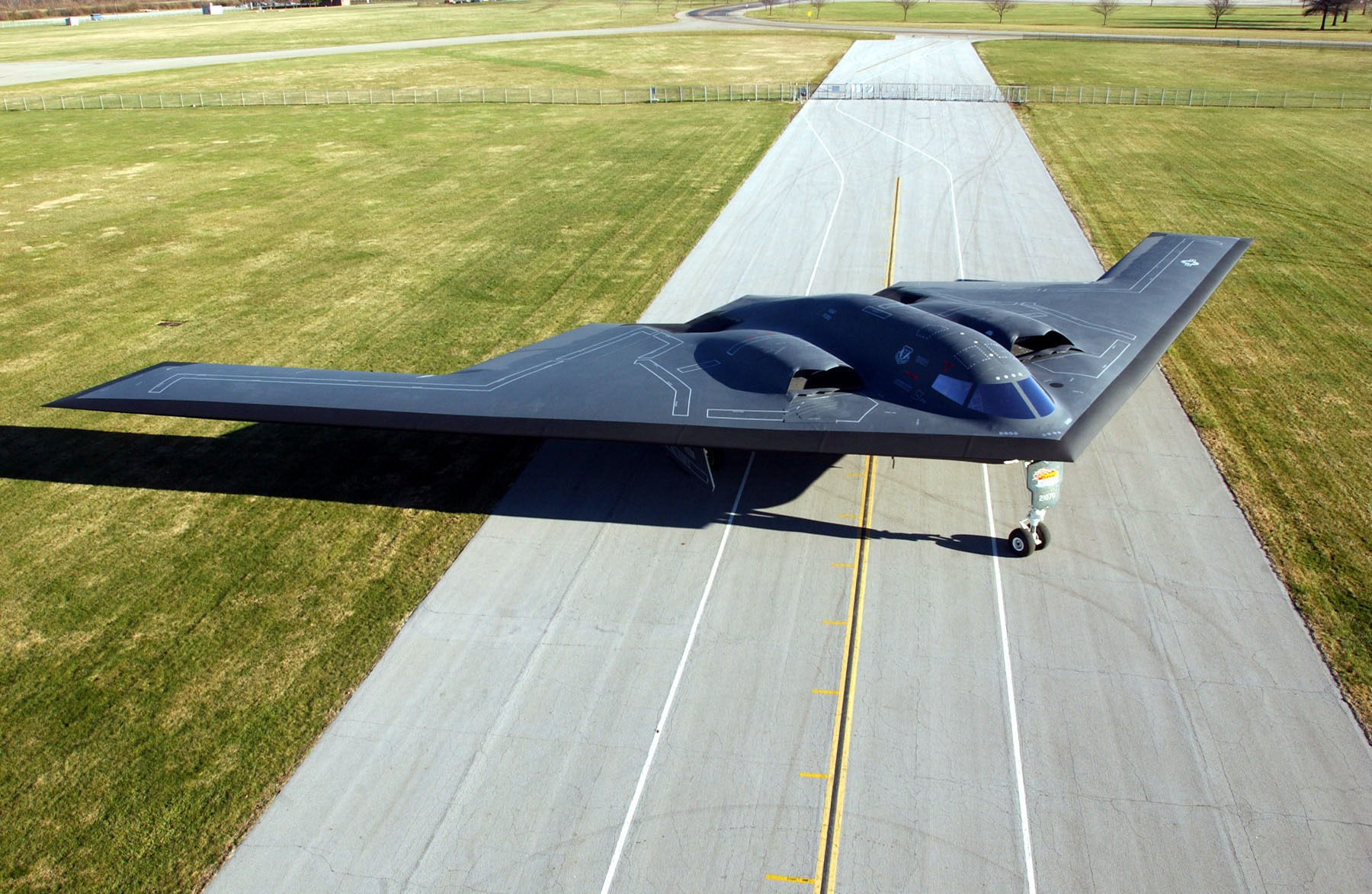From 1945 to 1963, the United States and the Soviet Union detonated over 400 nuclear bombs aboveground in a very bad, no good, uh, weapons-measuring contest that the world never wants to happen again. Atolls were destroyed, steppes contaminated, and fallout spread around the world. But what if some good came out of those nuclear detonations?
No, seriously.
When all those nukes were detonated, they spit out neutrons that set off a chain of events to create carbon-14, an exceedingly rare isotope of carbon. The amount of carbon-14 in the atmosphere spiked. That carbon-14 reacted with oxygen to make carbon dioxide. Plants breathed it in, animals ate the plants, and humans ate the animals and plants. “Everyone alive has been labeled with it,” says Bruce Buchholz, a scientist at Lawrence Livermore National Laboratory. “The entire planet has been labeled.”
Unlike the short-lived radioactive particles that come out of nuclear detonations, carbon-14 is not dangerous to humans—but it is very useful, because levels of the isotope have been slowly falling off since the 1950s spike. By measuring the amount of carbon-14 in a sample, scientists can pinpoint its age within just a year or two. They can use the method to find the age of an unidentified body using tooth enamel, or study how often human fat cells are born and die, or discover how old trafficked ivory is. It works with literally anything that has carbon.
So every Monday afternoon, Buchholz and his colleagues at Lawrence Livermore fire up the accelerated mass spectrometer, the machine that measures carbon-14. They get samples from a hundred different scientists, law enforcement groups, and government agencies. That adds up to about 100 to 150 samples per week. The machine runs continuously through Thursday, day and night. They’re racing to do research that will soon be impossible.
A Modest Proposal, Part I
Back in the ‘90s, it was Buchholz who pioneered the idea of using carbon-14 to date biological samples. He, a nuclear engineer, met a neuroscientist at a chemistry conference, and they began one of those beautiful multidisciplinary collaborations to study the age of plaques found in the brains of Alzheimer’s patients. The carbon-14 work, however, really took off when Jonas Frisén, a stem cell biologist at the Karolinska Institute, read Buchholz’s papers. Frisén studies whether adults can grow new brain cells. Neuroscience had long held as dogma that humans are born with all the neurons they will ever have. But studies in mice and rats were beginning to upend that idea. Friesen looked at Buchholz’s papers and saw a way to measure the age of neurons. If you could find 20-year-old neurons in the brain of a 70-year-old, then you have proof of that brain cells generate throughout an animal’s lifetime.
In a few years, some of this research will be impossible.
But no one knew yet if carbon-14 worked for dating brain tissue, and that task fell on Kirsty Spalding, then a postdoc in Frisén’s lab. Starting with human brains was no go, so they started with horses. Horses, like humans, live for decades. Spaulding would drive up to a slaughterhouse an hour out of Stockholm and collect horse heads. “It was not my most fun project,” she says. “Especially terrible as a vegetarian going to the slaughterhouse.” But the method worked. Inside the brains of a horse six years old and another 19 years old, they found measurable differences in the amount of carbon-14.
The work moved to humans. And Spalding found that a region of the brain called the hippocampus, involved in memory, indeed generated new neurons in adulthood. Frisen has since done similar work in heart cells, also thought to rarely—if never—regenerate. Spalding how has her own lab studying fat cells. Carbon-14 dating is a key method for understanding how tissues grow and re-grow in the body.
But carbon-14 in the atmosphere is still falling—by now, it is only 4 or 5 percent above pre-atomic age levels. In a few years, some of this research will be impossible. “That’s something we emphasize in grant applications,” says Frisén. “We need the money now.”
A Modest Proposal, Part II
So what if the someone, you know, detonated another bomb? For the sake of science! (And only science.)
“We’re talking to North Koreans about what they can do,” jokes Frisén. But more seriously, he says, “I would prefer that not happening. You would need dozens. It’s not anything we’re counting on.” Indeed, dozens, if not hundreds, of bombs are necessary to produce a big enough spike in carbon-14 to be useful for dating. And powerful ones too—the ones detonated over Hiroshima and Nagasaki are too small. Accidental radioactive leaks, like Chernobyl or Fukushima, make no difference, because it’s the detonation that produces the neutrons necessary for carbon-14.
But what if—if!—you could detonate a few dozen nuclear bombs? Could you safely do it somewhere remote? Well, not likely.
The United States’ atmospheric testing in the Nevada desert likely contributed to a 10 percent increase in thyroid cancers in exposed people. In the Marshall Islands, the testing caused an additional 1 percent increase in cancer. “No matter how remote, the contamination will reach people somewhere,” says Steve Simon, a radiation epidemiologist at the National Cancer Institute, who led the Marshall Islands Nationwide Radiological Study.
Detonating a nuclear bomb high in the atmosphere—in space, essentially—would reduce radioactive fallout and contamination. The US actually did several high-altitude tests back in the 1950s and 60s. But nukes in space? Think of the satellites! The high-altitude test Starfish Prime knocked out several satellites in 1962, and that’s not something to repeat (on purpose).
So the window on carbon-14 dating is slowly closing. But that it was ever open in the first place was an odd, unintentional consequence of the atomic age.
973



